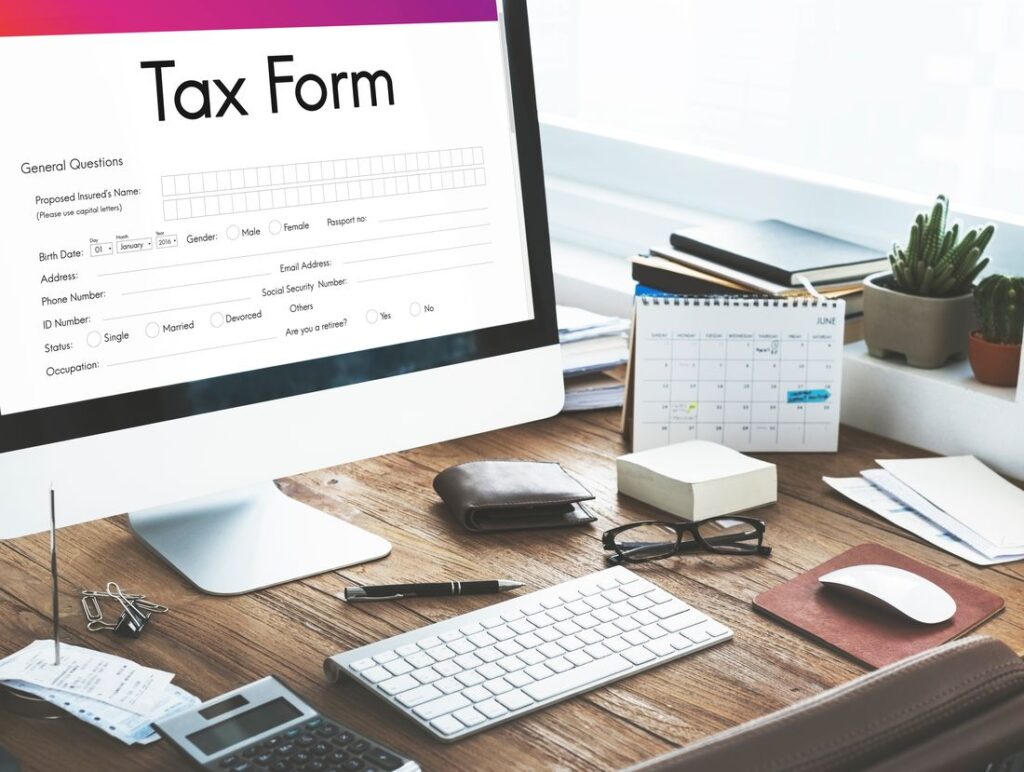Along with tech development, the NYC business sector also shifted into a remote working mode.
Today, roughly 1.3 million New Yorkers (34% of the city’s total workforce) are among the 56.7 million freelancing nationwide.
Technology has had a profound impact on the freelancers and remote workers in NYC shifting to getting the most out of the freelance working mode benefits, thus expanding the freelance economy.
Nevertheless, being an entrepreneur entails the accountability of overseeing one’s financial matters, such as the timely completion of tax returns.
I would like to talk about the tax filing process in NYC maximizing 1099 tax savings and filing taxes efficiently as it’s frequently difficult for independent contractors.
Thankfully, there are some helpful calculators and tools to facilitate the process.
Let’s get into more details!!
What Is a W-2 Form?
A W-2 form, also known as a “Wage and Tax Statement,” is a document that reports an employee’s income from the prior year and how much tax the employer withheld. It’s provided by employers to their employees and the Internal Revenue Service (IRS).
Overall, the form includes information such as:
- Total taxable wages,
- Tips,
- Bonuses & other compensation,
- Amount of taxes retain from the employee’s paycheck.
So basically employees use this form to fill out their tax returns.
W-2 Employees vs 1099 Contractors: What’s the Main Difference?
This is one of the most confusing parts.
A fundamental challenge faced by independent contractors in the realm of taxation is comprehending the distinction between W-2 employee and 1099 contractor classifications.
In determining how taxes are computed and remitted in New York City, the differentiation between the two is vital.
Here’s the thing!!
The taxes of W-2 employees are deducted by their employers, whereas the payment of taxes is the responsibility of 1099 contractors. This differentiation has the potential to greatly influence the tax savings and submitting procedure of a freelancer.
You may also like: Comprehensive Guide to 55-a Program
Understanding Tax Obligations for Freelancers

Different online calculators and tools on the market assist freelancers in determining their tax status and approximating their tax obligations.
Above all, one of the most useful instruments is the W-2 versus 1099 calculator. The optimal tax classification for freelancers is determined by this calculator, which considers income, expenses, and self-employed deductions, among other variables.
Determining the amount of self-employment tax in the Big Apple, which constitutes an additional noteworthy obstacle, is encountered by NYC freelancers.
Freelancers, as opposed to traditional employees, are obligated to remit Social Security and Medicare taxes through both employer and employee contributions.
Without appropriate accounting, this self-employment tax can be a significant financial burden for freelancers.
That’s where self-employment tax calculators come into play. Freelancers can calculate their IRS tax obligation by simply using self-employment tax calculators, which incorporate revenue and other pertinent variables.
Above all, remote workers can accurately ascertain their self-employment tax liability by providing information such as earnings, deductions, and other pertinent financial data. This information provides entrepreneurs with the ability to effectively plan their budgets and prevent unforeseen expenses during the tax filing process.
In contrast to traditional employees, NYC freelancers are obligated to remit quarterly tax payments to the IRS, rather than having taxes deducted from their paychecks throughout the year.
To mitigate the risk of a substantial tax liability at the end of the year, these contributions are calculated on the freelancer’s anticipated annual income.
You may also like: Top 30 Fintech Companies & Startups in New York
Digitization of tax submissions
Technology has furnished quarterly tax calculators to independent contractors to streamline the computing procedure and remit estimated quarterly taxes. The aforementioned calculators compute the quarterly payment that NYC remote workers ought to make, taking into account many factors including income, deductions, and tax credits, as stated above.
Freelancers can improve their tax compliance and mitigate the risk of incurring penalties or interest charges due to underpayment by employing these calculators.
Furthermore, the digitization of tax submissions has been facilitated by technology trends, in addition to the development of calculators and tools.
The advent of online tax submission platforms has significantly simplified the process for independent contractors to provide precise and timely tax returns. These technological platforms guide freelancers by requiring them to input the required data and verify that all pertinent deductions and credits are taken into account.
And let’s not forget about the time and energy that one can save using online tools.
You may also like: Best Web Design Companies in NYC
More Helpful Resources for NYC Remote Workers
Let’s just mention the list of useful links for NYC freelancers, including:
- NYC income taxes: visit here
- Partnership and LLC/LLP tax forms: visit here
- NY State and various city sales (and use) taxes: visit here
- NY State new business tax guide: visit here
- Metropolitan commuter transportation mobility tax: visit here
- Unincorporated Business Tax (UBT): visit here
- New York State and New York City Corporation Taxes: visit here
- Corporation tax: visit here
- Business Corporation Tax: visit here
Conclusion
The task of optimizing tax savings and ensuring streamlined tax registration processes presents distinct obstacles for freelancers.
Nevertheless, technology has furnished independent contractors with an assortment of tools and instruments that streamline the procedure.
Self-employment tax calculators aid in the estimation of tax obligations, whereas the W-2 vs. 1099 calculator aids freelancers in determining their tax status.
Online tax filing platforms streamline the entire tax filing process, while quarterly tax calculators ensure freelancers remain informed of their tax obligations.
